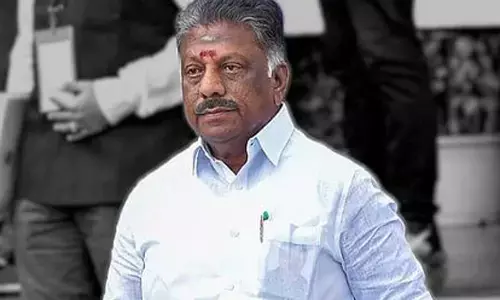Reviving Growth

The Economic Survey for the year 2014-15 expects a growth rate of 8 per cent in India’s GDP. It says the improved macroeconomic fundamentals make a double digit growth trajectory a possibility.
The Economic Survey for the year 2014-15 expects a growth rate of 8 per cent in India’s GDP. It says the improved macroeconomic fundamentals make a double digit growth trajectory a possibility. But, the nation has to overcome many challenges to make this a reality, given the volatility and the domestic and global risks embedded into a globalised economy. Inflation has declined by over six percentage points since late 2013. The Current Account Deficit (CAD) which was at a peak of 6.7 per cent of GDP (in Q3, 2012-13) is estimated to fall to 1 per cent in the coming fiscal. Foreign portfolio flows have stabilised the rupee, which earlier saw a drastic decline in its value compared to dollar.
But, these favourable macroeconomic indicators have their vulnerabilities, too. The fall in inflation is mainly due to unprecedented fall in global oil prices. The steep fall in international oil prices have also improved India’s CAD. But, the low oil pricing regime cannot remain forever. India’s high import dependency in this sector makes us vulnerable to the global oil prices. The large proportion of short term debt in our external debt still has a potential to pose a challenge. Foreign portfolio flows cannot provide stability to the economy due to their foot loose character. This butterfly capital has a tendency to cause a predatory impact on the domestic economy. India should therefore concentrate on further consolidating various macroeconomic fundamentals like domestic savings, domestic investment and domestic market. The Survey also rightly stresses so, in view of stagnation of share of manufacturing and services exports in GDP during the last five years. The external trading environment is less benign.
India’s growth prospects face investment challenge too. The stock of stalled projects stands at seven per cent of GDP, accounted mostly for by the private sector. Manufacturing and infrastructure account for most of the projects putting pressure on the ‘Make in India’ ambition. The stalled projects and the investment locked in them have weakened the balance sheets of the corporate sector and the public sector banks which in turn is constraining future private investment vital for growth. Indian economy has to come out of this vicious circle to move onto the high growth trajectory.
The Survey exposed the enigma of booming stock markets. It said “Despite high rates of stalling and weak balance sheets, the stock market valuations of companies with stalled projects are quite robust which is a puzzle.” It cautions those obsessed with market fundamentalism: “Combining the situation of Indian public sector banks and the corporate balance sheets suggests that the expectation that the private sector will drive investment needs to be moderated”. The governments have to heed the advice of the Survey. Public investment may need to step in to ramp up capital formation.














